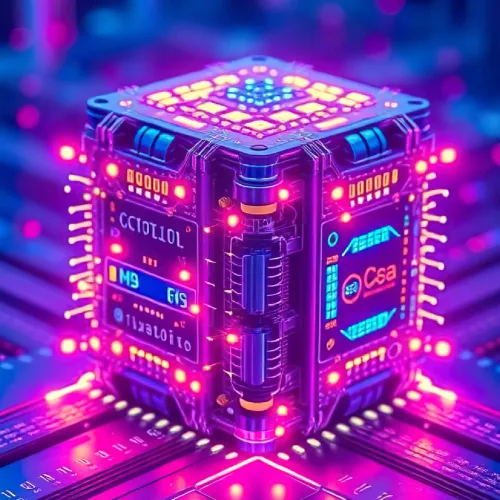The cells perform incredible feats every second, many of which involve the plasma membrane. This important structure acts as a gatekeeper, regulating the entry and exit of substances to maintain balance within the cell. To keep things running smoothly, cells rely on processes that consume energy to move particles across plasma membranes. These energy driven movements ensure that significant materials such as ions, nutrients, and other molecules reach their destination, preventing harmful substances from entering. Let’s find out how cells achieve this remarkable function using special mechanisms.
Role of Plasma Membrane
The plasma membrane, also known as the cell membrane, separates the internal environment of the cell from the outside world. Made of a lipid bilayer, it is both flexible and protective, allowing selective entry and exit of particles. Cells maintain their internal environment through homeostasis, which involves various mechanisms to keep things in balance. One of the main processes, in this regulation, is the active transport of particles across the plasma membrane.
Active Transport: The Driving Force Behind Particle Movement
When cells need to move particles against a concentration gradient, they use active transport. Unlike passive transport, which does not require energy, active transport requires energy in the form of ATP (adenosine triphosphate). This energy is necessary to push substances from a region of low concentration to a high concentration, something that the cell cannot achieve through diffusion alone. By pleasing transport proteins immersed in the plasma membrane, the cell ensures that essential particles, such as sodium and potassium ions, move exactly where they are needed.
Sodium Potassium Pump
One of the most well-known active transport processes is the sodium potassium pump. This pump helps to maintain the cell’s electrochemical gradient, which is important for nerve function, muscle contraction, and overall cellular activity. Let’s check how it works:
- Sodium ions (Na⁺) are pumped out of the cell.
- Potassium ions (K⁺) are brought into the cell.
- The pump uses ATP to fuel this process, ensuring that the cell remains in balance.
With this constant exchange, cells can maintain their internal environment, which is significant for activities such as generating nerve impulses and muscle movements.
Endocytosis
Another energy dependent process used by cells to transport materials is endocytosis. Here, the plasma membrane wraps around a particle and surrounds it, bringing it into the cell in a vesicle. There are several types of endocytosis, each serving a specific purpose:
- Phagocytosis: ingesting large particles such as bacteria or dead cells.
- Pinocytosis: taking fluids with small particles.
- Receptor-mediated endocytosis: absorbing specific molecules recognized by receptors on the plasma membrane.

Through these methods, cells can bring in nutrients, remove debris, and even communicate with their surroundings.
Exocytosis
Just as cells need to bring substances in, they need to flush out waste and other materials as well. Exocytosis allows cells to send out substances by combining vesicles with the plasma membrane. This process is important for the release of hormones, neurotransmitters, and other important substances produced by the cell. It also helps to get rid of the cell of waste products, ensuring its continued health and function.
Why Plasma Membrane Transport Matters for Cellular Health
The constant flow of particles in and out of the cell is crucial. It maintains the cell’s internal balance. If these processes were to be stopped, the cell would fail to function, leading to serious consequences. Every movement of the ion or molecule plays a role in keeping the cell alive, from supporting nerve impulses to maintaining hydration levels. Therefore, the transport processes of plasma membranes, fueled by energy, are the lifeline of cellular health.
List of Main Points on Plasma Membrane Transport
- The plasma membrane separates the internal environment of the cell from the outside world.
- Active transport moves particles against their concentration gradient using ATP.
- The sodium potassium pump is essential for maintaining cellular electrochemical gradients.
- Endocytosis and exocytosis transport large particles and wastes across the membrane.
- ATP serves as the energy source for all these processes.




